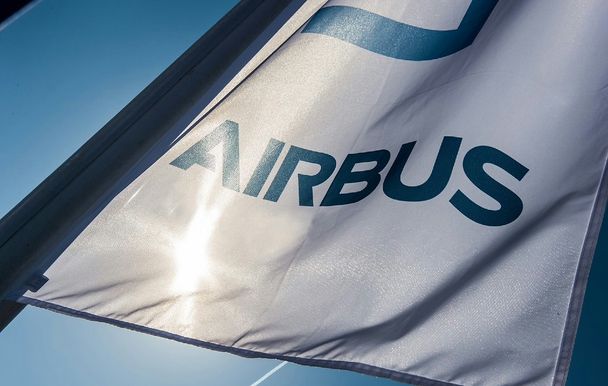The Tiger combat helicopter: Three decades of flight, and many more to come

As the Tiger celebrates the 30th anniversary of its first flight, it’s time to look at how far the programme has come since 27 April 1991. Resulting from the successful cooperation between France and Germany, with Australia and Spain joining the programme in 2001 and 2003 respectively, the aircraft has proven its value as a powerful and survivable combat helicopter. Building on years of experience in theatres of operations, the new Tiger MkIII modernisation will continue this legacy – ensuring its fitness in next-generation battlefields.
The Tiger’s 1991 maiden flight was greeted by collective cheers from the binational team of technicians and engineers who worked together in defining the aircraft’s capabilities. This 30-year anniversary serves as a reminder that hard work is key to making any programme thrive, as the French, German, Spanish and Australian teams have succeeded in giving the Tiger a wide range of capabilities and features that laid the groundwork for innovations incorporated today – and for the future.
A reliable partner for armed forces
Built for reconnaissance, ground support and attack as well as for air-to-air defence, the Tiger has been selected by multiple armed forces. The aircraft’s endurance in challenging tactical conditions is a highly appreciated advantage for troops deployed abroad. From its initial deployment in Afghanistan to current operations in Barkhane, the Tiger has proved to be a reliable ally, supporting troops on the ground or accompanying Special Forces on critical missions. It also successfully operated from a French Navy ship during the 2011 military intervention in Libya.
The Tiger’s demonstrated performance is one of the reasons why the German and Spanish armies also trust the helicopter with critical operations: in Mali as well as in Afghanistan, German and Spanish troops have relied on its capabilities in multiple missions.
Adding to a demonstrated track record in combat, the Tiger has helped save lives more than once. While the French army was completing a mission in the Sahel region of Africa during 2019, a Tiger retrieved three injured crew members of a helicopter downed by enemy fire, using a TIGREX (Tiger Extraction) procedure, rescuing them only minutes after the crash.
The Tiger MkIII: innovative and forward-looking
Showing its resilience, the Tiger programme is preparing for modernisation. Benefiting from a new set of features – including new avionics, as well as updated mission and weapon systems – the upgraded version will be designated as the "Tiger MkIII".
De-risking studies for the Tiger MkIII were launched in 2018 by the Organisation for Joint Armament Cooperation (OCCAR) with the Tiger industrial consortium, and are advancing quickly with the goal of providing next-generation combat capabilities.
Andreas Goern, Tiger Programme Director, said: “The MkIII modernisation updates the entire armament, communications and avionics systems, while keeping the Tiger’s original assets: its structure and fuselage – along with the manoeuvrability, which is one of the helicopter’s greatest strengths.”
Goern added that the Tiger MkIII will be more agile, better integrated in the digital battlefield, and will benefit from more fire power.
Tiger Flight Test Pilot Samuel Chartier summed it up: “The Tiger can manoeuvre easily, which is impressive for a rotorcraft that weighs 6.5 tonnes. With the MkIII modernisation, the Tiger will be adapted to the spirit of the times and be able to enter the digital battlefield.”
The MkIII modernisation updates the entire armament, communications and avionics systems, while keeping the Tiger’s original assets: its structure and fuselage – along with the manoeuvrability, which is one of the helicopter’s greatest strengths.
Andreas Goern, Tiger Programme Director